From the adorable to the ferocious, these unique arctic animals rule Earth's snow and ice.
The Arctic is a mysterious world of ice and snow, much of it still seldom explored and thus home to creatures that remain relatively enigmatic. It may seem like not much can survive in these freezing temperatures, but life is abundant.
Here are 21 of the most incredible Arctic animals you’ll ever see, with one fascinating fact for each:
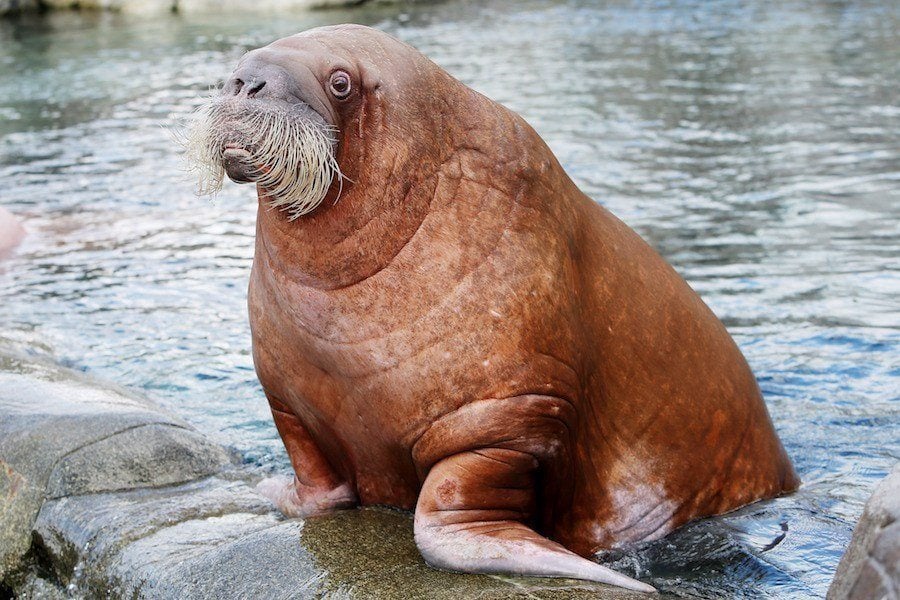
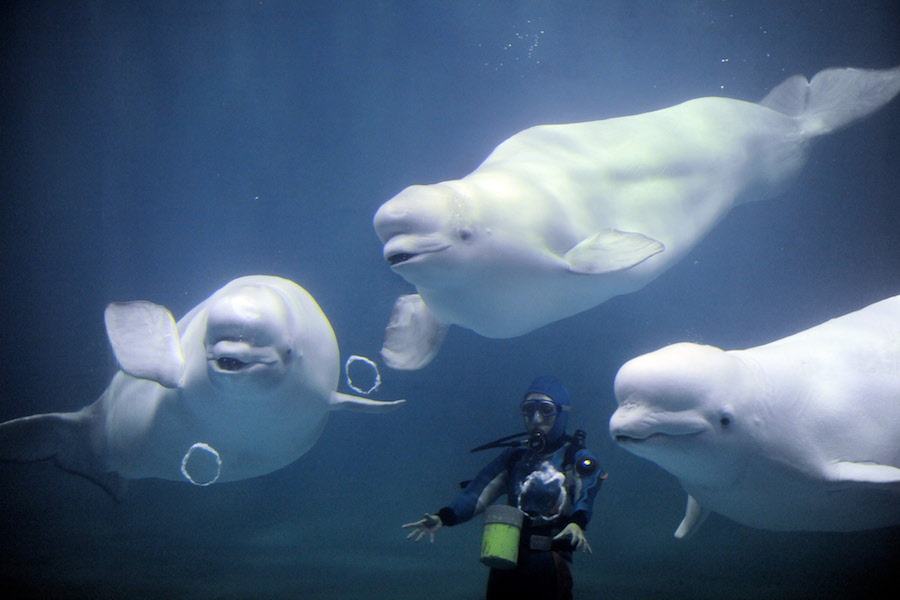

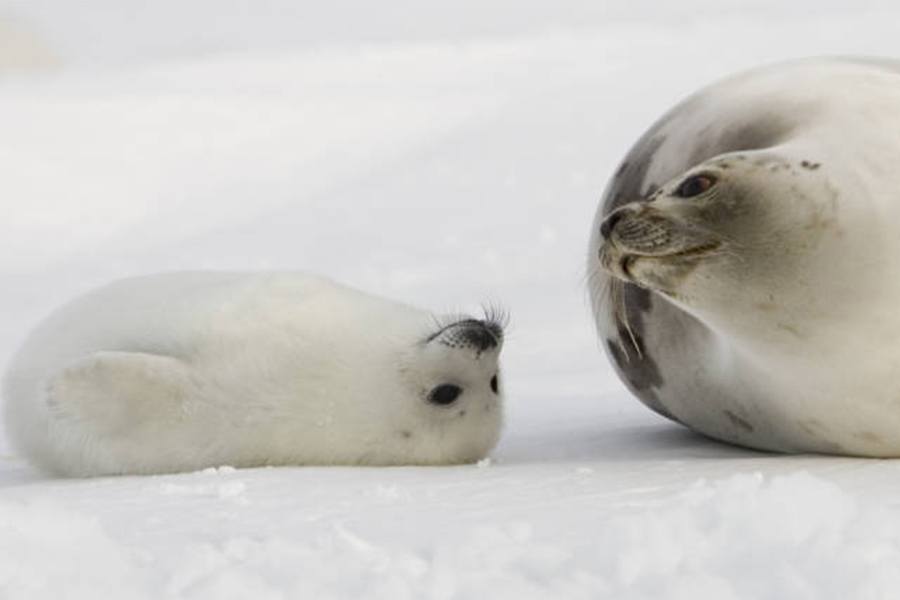
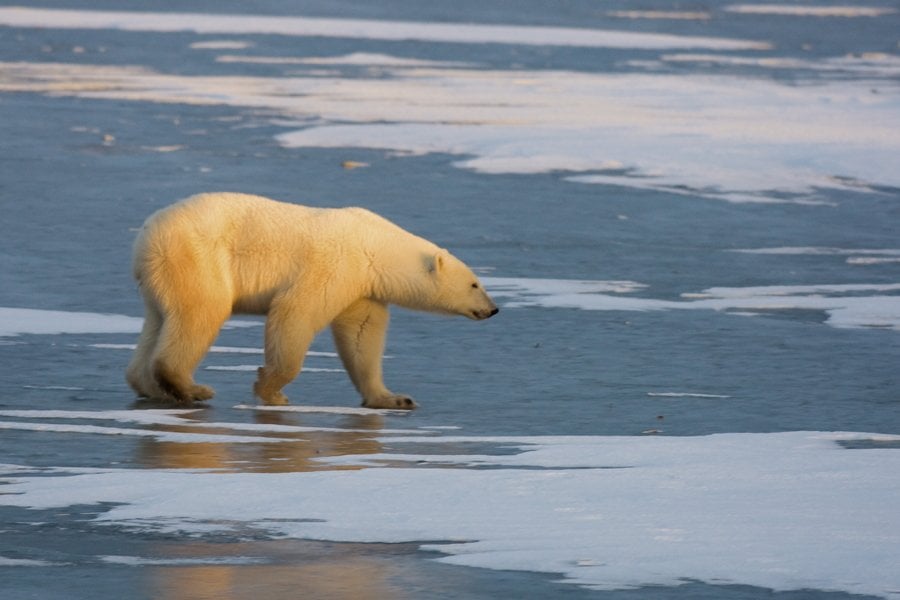


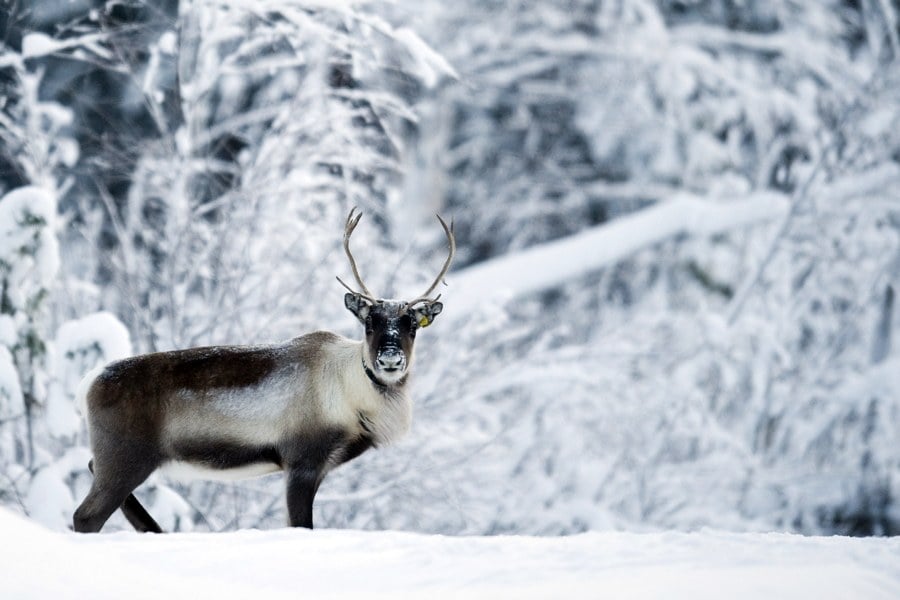

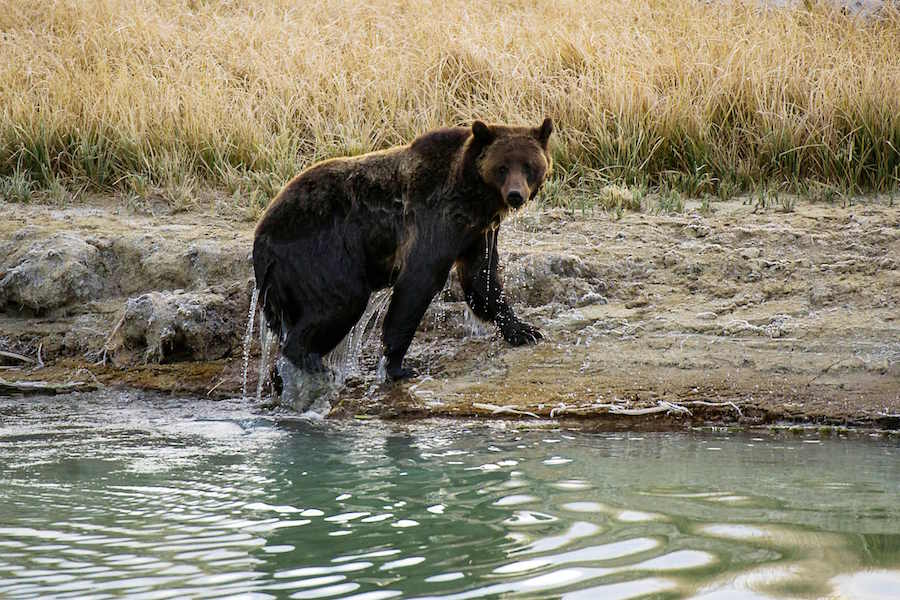
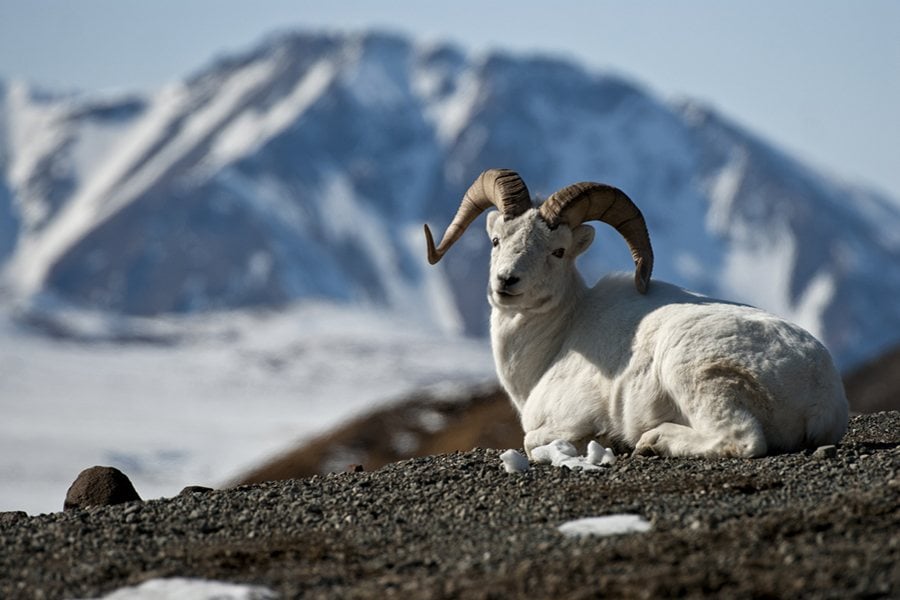
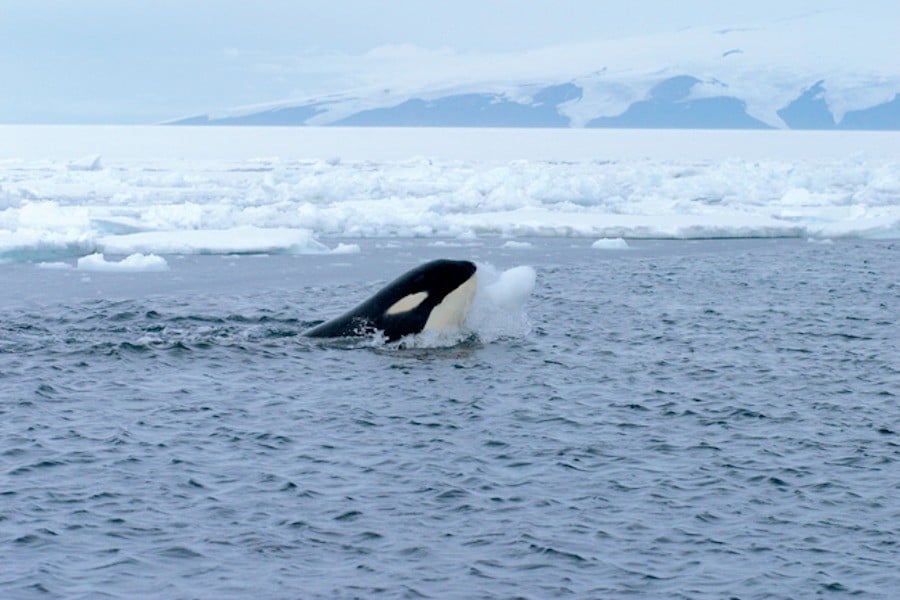
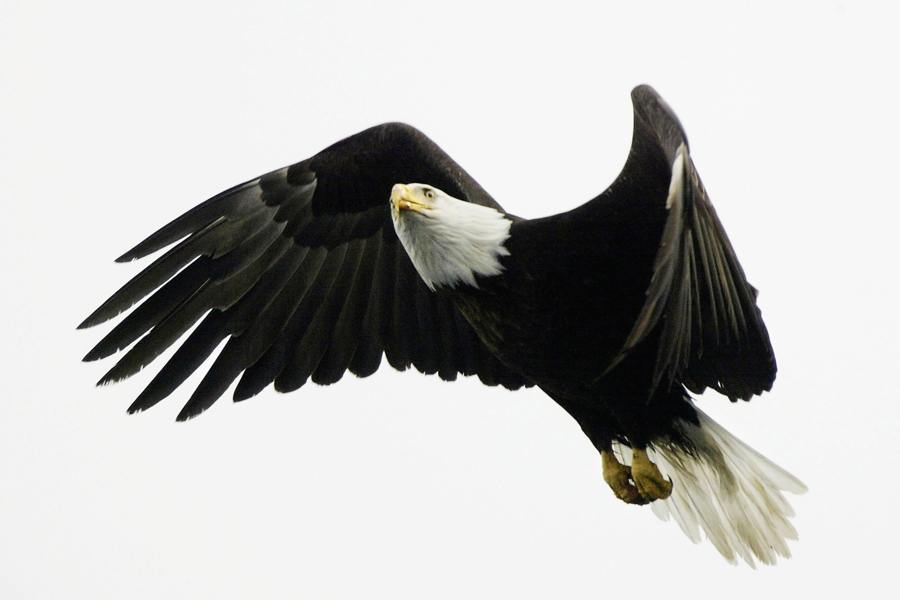



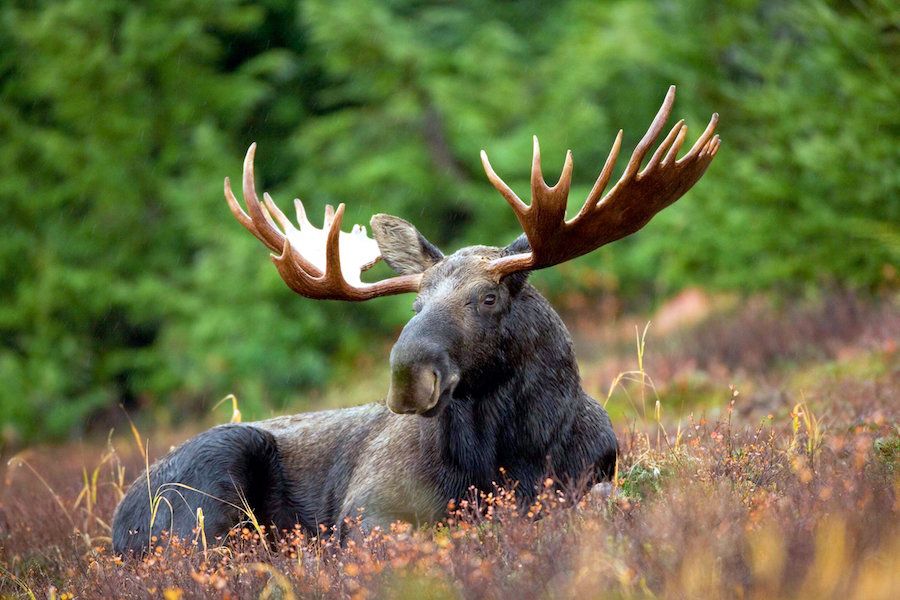

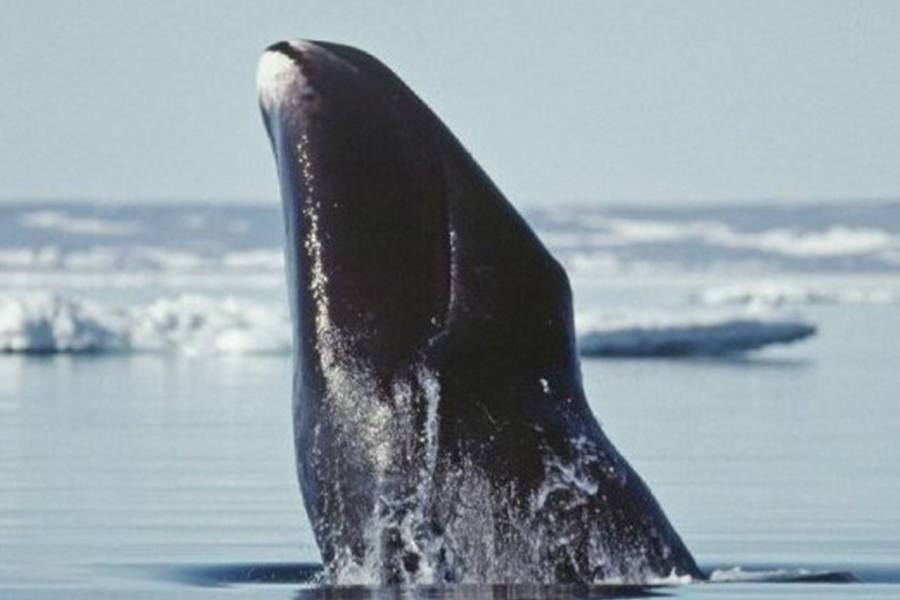
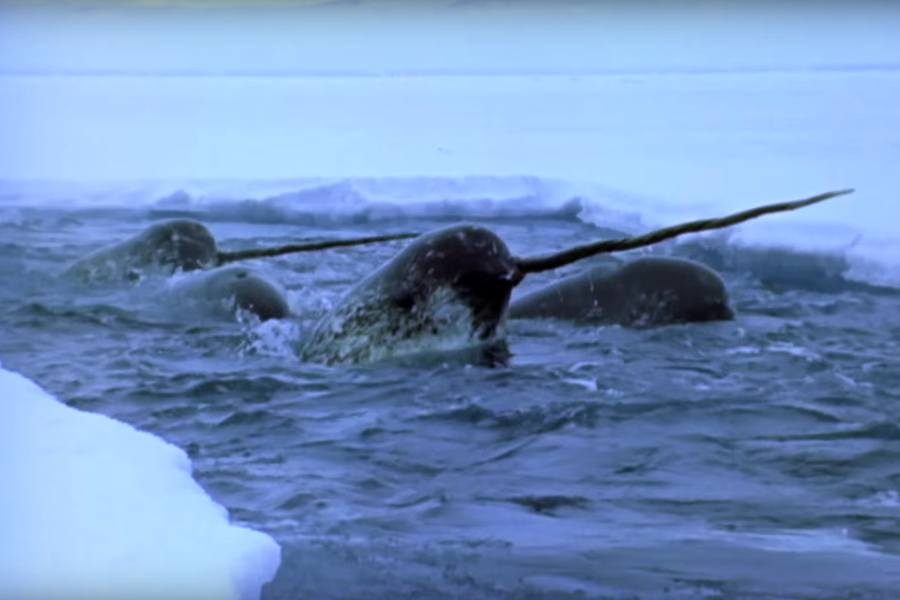

And if you liked this post, be sure to check out these popular posts:

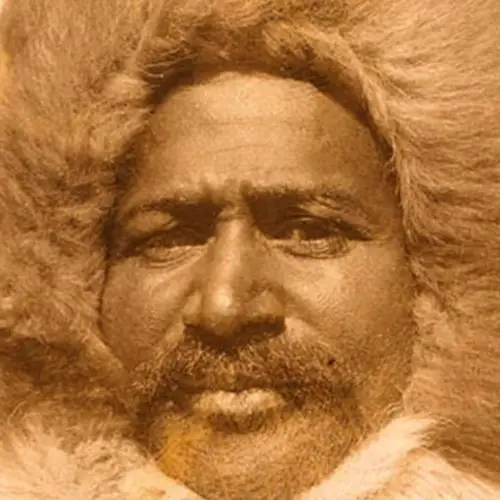

1 of 22
Walrus
The walrus uses its whiskers to detect shellfish, like clams, all the way down the ocean floor. It can eat up to 4,000 clams in one sitting. MALTE CHRISTIANS/AFP/Getty Images
2 of 22
Beluga Whale
Beluga whales use complex musical calls to communicate underwater, earning them the nickname the "canary of the sea."Kazuhio Nogi/AFP/Getty Images
3 of 22
Arctic Fox
Arctic foxes must penetrate layers of snow to find food, diving headfirst into the snow to burrow for prey.Eric Kilby/Flickr
4 of 22
Harp Seal
A mother harp seal can distinguish her pup from hundreds of others based on smell alone. David Boily/AFP/Getty Images
5 of 22
Polar Bear
Though polar bears appear to be white, their fur is actually pigment-free and transparent. Its hollow core merely reflects the largely white light around them. Underneath their fur, their skin is black.PAUL J. RICHARDS/AFP/Getty Images
6 of 22
Canada Lynx
Although these expert hunters, about twice the size of a house cat, subsist almost exclusively on one type of prey (the snowshoe hare), they can take down prey as large as a young reindeer.Wikimedia Commons
7 of 22
Snowshoe Hare
This rabbit's large hind feet work like snowshoes, preventing it from sinking into deep snow.Wikimedia Commons
8 of 22
Caribou
Unlike all other kinds of deer, both male and female reindeer grow antlers.JONATHAN NACKSTRAND/AFP/Getty Images
9 of 22
Sea Otter
To counteract heat loss caused by its cold water environment, sea otters have to eat as much as a third of their own body weight in food each day. David McNew/Getty Images
10 of 22
Grizzly Bear
Although this creature's scientific name (Ursus horribilis) literally means "terrifying bear," it isn't quite the killer you might expect. In fact, some estimates say that as much as 80-90 percent of its diet is made up not of meat, but plants, fruits, nuts, and roots.Karen Bleier/AFP/GettyImages
11 of 22
Dall Sheep
The male dall sheep's incredible horns, made of the same material as your fingernails, take as long as eight years to reach their full length of two-and-a-half feet.Wikimedia Commons
12 of 22
Arctic Orca
Killer whales are incredibly social animals, often working together to catch a meal. They've been recorded creating huge waves in the Arctic Ocean in order to knock seals off ice floes and into the water where they can be eaten. Wikimedia Commons
13 of 22
Bald Eagle
When diving down through the air and toward the water for prey, these powerful creatures can travel at speeds of up to 100 miles per hour.David McNew/Getty Images
14 of 22
Puffin
Puffins make amazing partners: They lay one egg per year with the same mate and take turns with domestic duties, like incubating the egg.Jeff J Mitchell/Getty Images
15 of 22
Muskox
If a muskox calf is threatened by a predator such as a wolf, the herd will form a circle around the calf in defense. Sometimes mature muskoxen will even scoop up an approaching wolf with its horns and throw it to the ground. US Fish and Wildlife Service/Getty Images
16 of 22
Snowy Owl
Unlike most other owls, the snowy owl is diurnal, meaning it hunts during both night and day. Wikimedia Commons
17 of 22
Moose
Although a moose's enormous antlers can weigh as much as 40 pounds, these hefty adornments are not at all permanent. Instead, a moose will shed its antlers and grow them anew as often as once per year.Wikimedia Commons
18 of 22
Arctic Tern
Every year, the Arctic tern migrates from the Arctic to the Antarctica. That's a 25,000 mile trip — one way.Dan Kitwood/Getty Images
19 of 22
Bowhead Whale
Unlike many other species of whales, the bowhead whale does not migrate to warmer waters in the winter, but rather stays in Arctic waters all year round. They're able to do so largely because of their 20-inch layer of blubber, the thickest of any animal on Earth.Day Donaldson/Flickr
20 of 22
Narwhal
The narwhal's distinctive tusk is actually an elongated tooth that can reach lengths of ten feet and is packed with millions of nerve endings. When two narwhals rub their tusks together, scientists now hypothesize they're communicating important information about the waters each have traveled through.Nat Geo Wild/YouTube
21 of 22
Wolverine
These small yet surprisingly fearsome carnivores are both intimidating hunters (with reported takedowns of far lager animals including caribou and elk) and relentless scavengers that can smell an animal carcass buried under as much as 20 feet of snow.Wikimedia Commons




Explore The North Pole With These 21 Fascinating Arctic Animals
View Gallery
After seeing these stunning arctic animals, check out these mesmerizing photos and facts from Antartica. Then, find out more about the weirdest animals around the world.





